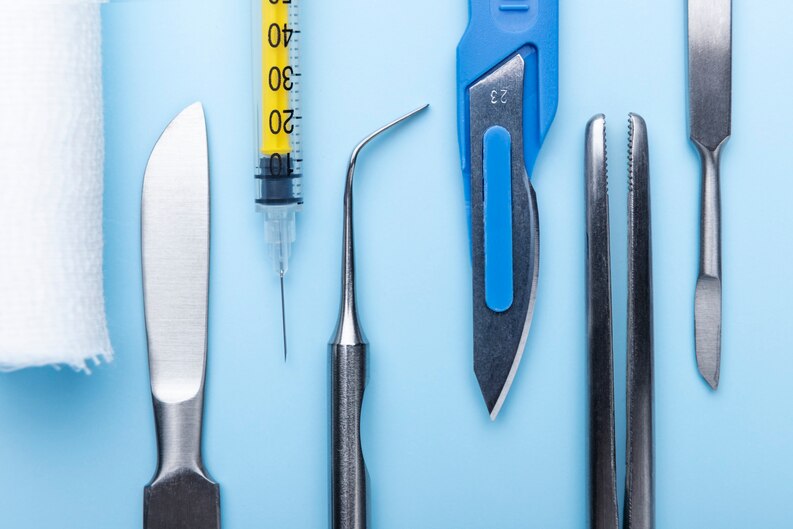Minimally invasive surgery (MIS) has revolutionized modern medicine by offering surgical procedures that require smaller incisions compared to traditional open surgery. This approach reduces trauma to the body, decreases pain, and accelerates recovery times for patients. MIS techniques leverage advanced technology and specialized instruments, allowing surgeons to perform complex operations with precision and minimal disruption to surrounding tissues. As innovations continue, understanding the applications, benefits, and challenges of minimally invasive surgery is crucial, especially for conditions like Achilles’ tendon repair, carpal tunnel syndrome, and appendectomy.
Minimally Invasive Surgery Advantages and Disadvantages
Minimally invasive surgery presents several key advantages:
- Reduced Recovery Time: Smaller incisions mean less tissue damage, leading to faster healing and shorter hospital stays.
- Less Pain and Scarring: Patients experience less postoperative pain and minimal scarring compared to traditional surgery.
- Lower Risk of Infection: Smaller wounds reduce the risk of infections and other complications.
- Improved Precision: Advanced imaging and instruments enhance surgeon control and accuracy.
However, MIS also has some disadvantages:
- Technical Complexity: These procedures require specialized skills and equipment, making the learning curve steeper for surgeons.
- Limited Access: Certain complex cases may not be suitable for MIS due to limited visibility or access.
- Higher Initial Cost: The technology and equipment involved can be more expensive upfront.
Balancing these factors is essential to determine when MIS is the best option for patient care.
Minimally Invasive Surgery Achilles Tendon
Minimally invasive techniques are increasingly used for Achilles’ tendon injuries, such as ruptures or chronic tendinopathy. Traditional open surgery involves a long incision along the back of the ankle, which can lead to wound complications and longer recovery. MIS uses small incisions or needle-sized portals to repair or reconstruct the tendon with the aid of endoscopic cameras and specialized tools. This method reduces soft tissue damage, lowers infection risk, and facilitates quicker rehabilitation. Patients benefit from less postoperative pain and a faster return to mobility and daily activities.
Carpal Tunnel Minimally Invasive Surgery
Carpal tunnel syndrome, caused by compression of the median nerve at the wrist, can be effectively treated with minimally invasive surgery. Unlike the traditional open release, which requires a larger incision, endoscopic carpal tunnel release uses one or two small incisions to insert a camera and cutting tools. This approach allows surgeons to release the ligament compressing the nerve with minimal disruption. Patients undergoing MIS for carpal tunnel typically experience less pain, reduced scar sensitivity, and quicker recovery of hand function, enabling them to resume work and daily tasks sooner.
Minimally Invasive Surgery Appendix
Appendectomy, the surgical removal of the appendix, is one of the most common emergency procedures performed using minimally invasive techniques. Laparoscopic appendectomy involves several small incisions through which a camera and instruments are inserted. This method offers significant benefits over open surgery, including reduced postoperative pain, shorter hospital stays, and faster return to normal activities. MIS also allows for better visualization of the abdominal cavity, helping surgeons diagnose and address any unexpected complications during the operation.
Conclusion
Minimally invasive surgery has transformed patient care by offering safer, more precise, and less traumatic alternatives to traditional surgery. Whether treating Achilles’ tendon injuries, carpal tunnel syndrome, or appendicitis, MIS provides clear advantages that improve recovery times and patient satisfaction. For healthcare providers and patients alike, embracing these advanced techniques supported by innovative surgical tools is essential for the future of effective, high-quality surgical care.











